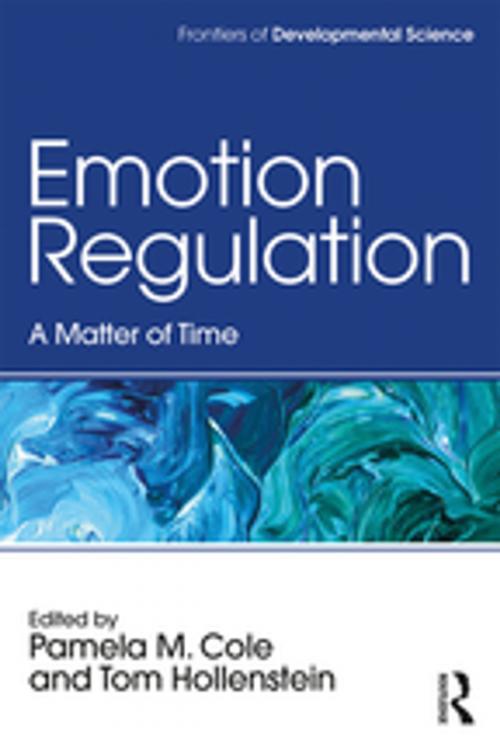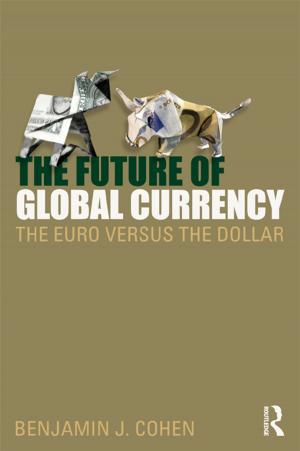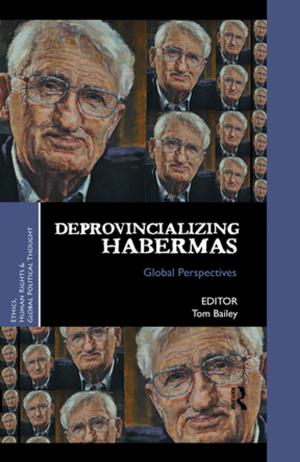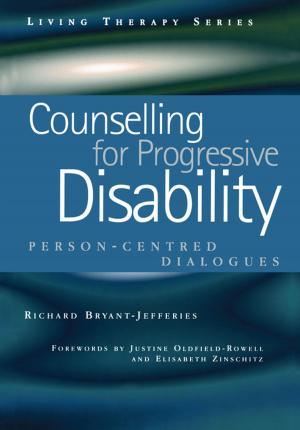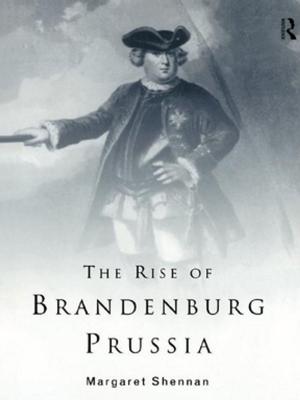Emotion Regulation
A Matter of Time
Nonfiction, Health & Well Being, Psychology, Developmental Psychology| Author: | ISBN: | 9781351001304 | |
| Publisher: | Taylor and Francis | Publication: | June 12, 2018 |
| Imprint: | Routledge | Language: | English |
| Author: | |
| ISBN: | 9781351001304 |
| Publisher: | Taylor and Francis |
| Publication: | June 12, 2018 |
| Imprint: | Routledge |
| Language: | English |
One of the most important advances in the study of emotion regulation is understanding it as a dynamic process that develops across the life span. Emotion Regulation focuses on current conceptual and methodological issues in terms of change over various time scales: developmental change across years, as well as changes from day to day, from situation to situation, and from moment to moment. Written by top experts in the field, the volume is organized around three age periods of the life span: infancy and childhood, adolescence, and adulthood.
By taking the matter of time seriously, these chapters represent promising and necessary approaches to broadening our knowledge of emotion regulation as a dynamic process that changes with age. The volume provides guidance for future research that will enable researchers to leave behind facile and static conceptualizations of emotion regulation in favor of richer and more explanatory frameworks.
One of the most important advances in the study of emotion regulation is understanding it as a dynamic process that develops across the life span. Emotion Regulation focuses on current conceptual and methodological issues in terms of change over various time scales: developmental change across years, as well as changes from day to day, from situation to situation, and from moment to moment. Written by top experts in the field, the volume is organized around three age periods of the life span: infancy and childhood, adolescence, and adulthood.
By taking the matter of time seriously, these chapters represent promising and necessary approaches to broadening our knowledge of emotion regulation as a dynamic process that changes with age. The volume provides guidance for future research that will enable researchers to leave behind facile and static conceptualizations of emotion regulation in favor of richer and more explanatory frameworks.
